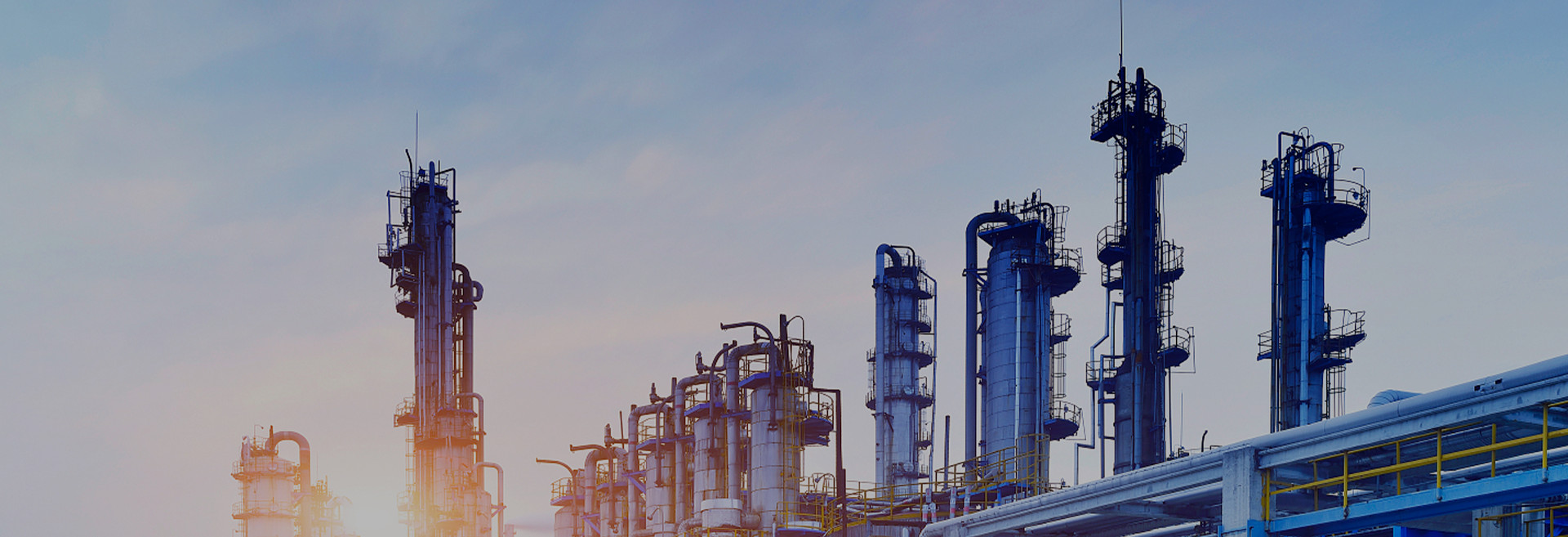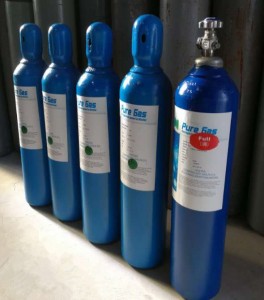There are a variety of excimer laser gas combinations used industrially and scientifically depending on the desired ultraviolet wavelength and pulse energy level. Some of the most common and useful mixtures include:
- KrF (krypton fluoride) – Generates 248 nm UV popular in integrated circuit lithography. High efficiency and beam quality.
- ArF (argon fluoride) – Provides 193 nm UV light ideal for advanced semiconductor fabrication. Lower pulse energy.
- XeCl (xenon chloride) – Emits 308 nm UV with high pulse energies used in laser angioplasty.
- XeF (xenon fluoride) – Output of 351 nm UV suitable for pulsed fluorination reagents. Very high energy pulses.
- F2 (fluorine) – Pure fluorine gas produces 157 nm vacuum UV radiation, one of the shortest wavelengths.
- KrCl (krypton chloride) – 222 nm emission optimized for ophthalmic surgery procedures. More precise tissue ablation.
- ArCl (argon chloride) – 175 nm UV suitable for deep UV spectroscopy applications for research.
- KrBr (krypton bromide) – 206 nm excimer medium with enhanced optical stability best for industrial uses.
Choosing the optimal excimer laser gas mixture depends on the specific application’s requirements for pulse energy, stability, and ultraviolet wavelength precision. The correct gas media maximizes the performance of excimer lasers.
Post time: Sep-08-2023


